Reuters writes that the new cells are expected to go into production next year in the state of Washington and could reach consumer-level electric cars by mid-decade. The two companies responsible for the discovery are Group14 Technologies and Sila Nanotechnologies and their researchers are focused on finding new applications for silicon, which can be used as a replacement for graphite in batteries.
The first plant that will be developing the said battery cells, which belongs to Group14, will open sometime in 2024 and it will have an annual production capacity for 200.000 vehicles, which can be extended three times in the future.
Porsche is Group14's first customer in the automotive industry and the startup managed to attract a total of 650 million USD in investments.
On the other hand, Sila Nanotechnologies' CEO and co-founder, Gene Berdichevsky, said that the company plans to begin the production of its Titan-Silicon nano-composite anode next year.
The company attracted Mercedes-Benz as its first automotive customer, which will implement the innovative cells in its EQG electric SUV in 2025. The company was also able to attract 900 million USD in investments.
Berdichevsky explained that it could take as much as a decade before silicon will be able to take over graphite as a battery anode, which means that this technology will be gradually expanded to manufacturers who want to take advantage of it.
 Mihai - Cristian Ioniță
Mihai - Cristian Ioniță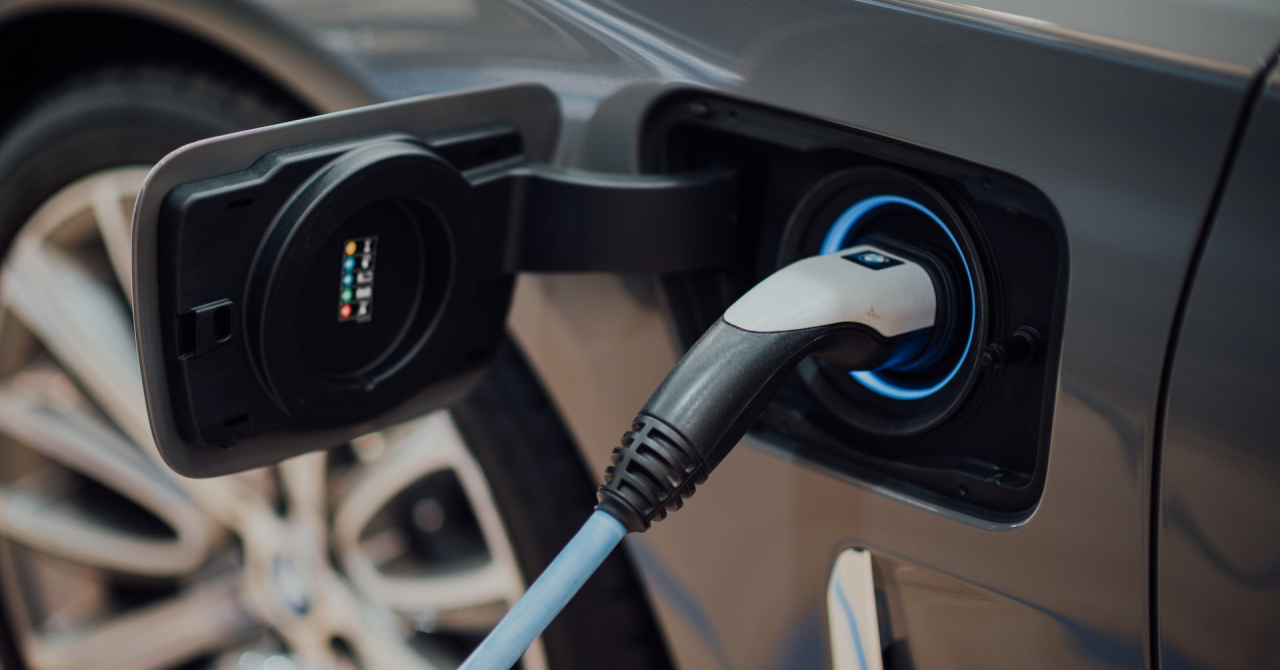




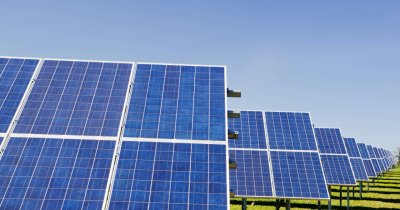

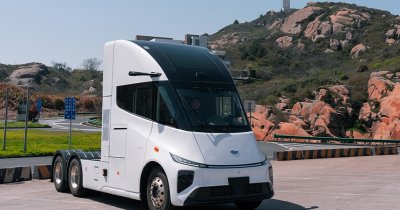
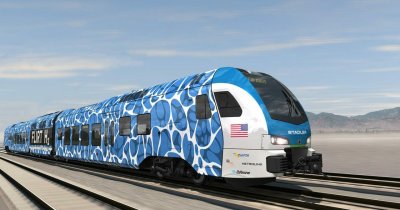


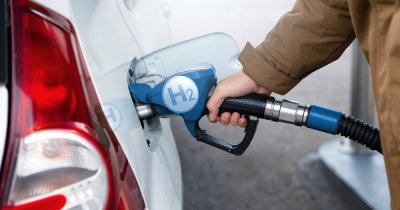

Any thoughts?